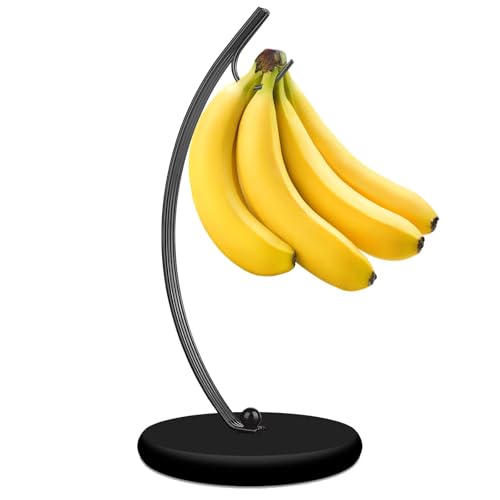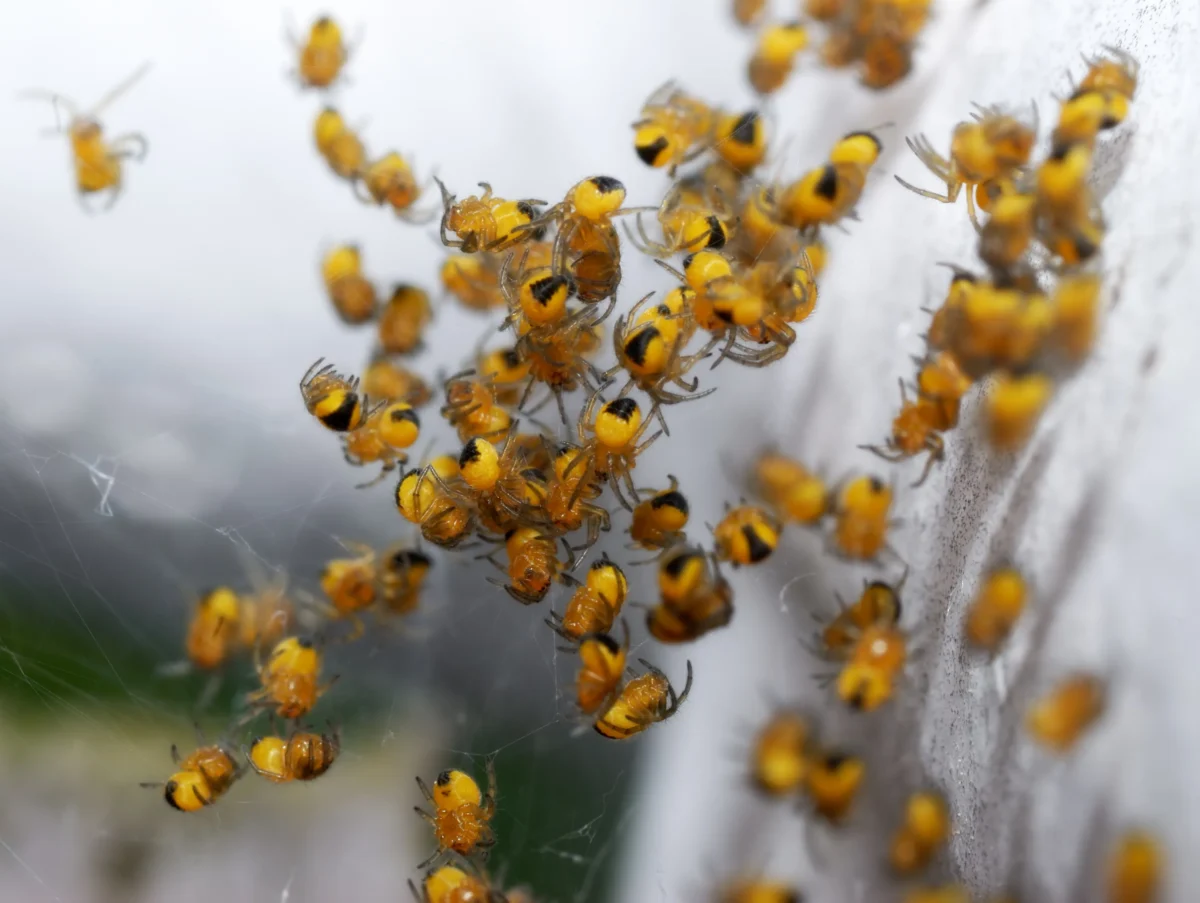Exploring the Most Common Types of Banana Trees: A Comprehensive Guide
Banana trees are a staple in many tropical and subtropical regions, producing one of the world’s most popular fruits. With over 1000 varieties of banana trees, it can be overwhelming to determine which types are the most common. In this article, we will delve into the world of banana trees and explore the most common types. From learning how to identify them to understanding where they are grown, we’ll cover everything you need to know about these delicious and nutritious fruits. So if you’re a banana lover or simply looking to expand your knowledge on this topic, keep reading!
Introduction: What is a banana tree?
Banana trees are a fascinating and ubiquitous plant species found all over the world. The most common banana tree, also known as Musa acuminata, is a perennial herbaceous plant that belongs to the family Musaceae. These tropical plants can grow up to 30 feet tall and have large leaves that can reach up to 9 feet long.
The banana fruit is actually a berry and comes in various sizes, colors, and flavors depending on the cultivar. Some of the most popular varieties include Cavendish, Gros Michel, Lady Finger, and Red Banana.

Banana trees are not only valued for their delicious fruit but also for their versatility. Every part of the banana tree has some practical use – from its fiber-rich stems used in textiles to its leaves used as plates or wrapping material.
Interestingly enough, bananas are not true trees but rather giant herbs since they don’t have woody trunks like typical trees do. In fact, after each harvest cycle of bananas from a single plant stem known as pseudostem dies off while new ones emerge from underground rhizomes.
Overall, understanding what banana trees are and their many uses is vital for anyone interested in learning more about this incredible species.
The most common types of banana trees are.
Bananas are one of the most widely consumed fruits in the world, and their popularity shows no signs of waning. But did you know that there are more than 1,000 different varieties of bananas? In this article section, we will delve into the most common types of banana trees.
Firstly, the Cavendish banana is arguably the most well-known type. It’s a medium-sized fruit with a creamy texture and mild flavor. This type is commonly found in grocery stores around the world due to its long shelf life and suitability for both cooking and eating raw.
Another common variety is the Lady Finger banana. As its name suggests, this variety has a slender shape and is smaller than other types. However, its sweet taste makes it popular for use in desserts or eaten as a snack.
The plantain banana is another popular variety often used in cooking due to its firm texture and starchy taste. Unlike other bananas which can be eaten raw when ripe, plantains are typically cooked before consumption.
Lastly, we have red bananas which have bright red skin but still maintain their yellow flesh inside. They’re sweeter than regular bananas with hints of raspberry or strawberry flavors making them great for smoothies or as an ingredient in baked goods.
In conclusion, while there may be over 1k varieties out there; these four types represent some of what you might find at your local grocery store or market!
How to identify the most common types of banana trees.
When it comes to identifying the most common banana trees, there are a few key characteristics to look out for. The first is the size of the tree – most common banana trees grow to a height of around 10-15 feet and have wide, broad leaves that can reach up to 9 feet long. Additionally, these trees typically produce large bunches of fruit that hang down from the stem.

One of the most common types of banana tree is the Cavendish variety, which is known for its sweet flavor and soft texture. Other popular varieties include Gros Michel and Lady Finger bananas.
Whether you’re a seasoned banana enthusiast or simply curious about this tropical fruit, taking the time to learn about different types of banana trees can be both fun and informative. By familiarizing yourself with their unique features and characteristics, you’ll be better equipped to appreciate all that these remarkable plants have to offer. So why not start exploring today?
Where are the most common types of banana trees grown?
Bananas are one of the most popular fruits in the world, loved for their sweet taste and versatility in cooking. But where do these delicious fruits come from? The most common types of banana trees are found in tropical regions around the globe.
One of the most well-known varieties is the Cavendish banana, which is grown primarily in Latin America and Southeast Asia. This type of banana is known for its firm texture and mild flavor, making it a popular choice for eating fresh or cooking with.
Another popular variety is the plantain banana, which can be found throughout Central and South America as well as parts of Africa. Unlike other types of bananas, plantains are typically cooked before eating due to their starchy texture.
Other common types of bananas include Gros Michel, Lady Finger, and Red Banana. These varieties can be found in different parts of the world such as Africa, Asia Pacific region or Central America depending on their adaptability to different climates.

« how to keep banana from turning brown in banana pudding
how much does banana central make »
Overall, bananas are grown all over tropical regions around the globe due to their ability to thrive in warm temperatures and high humidity levels. Whether you’re enjoying a fresh bunch at home or using them in your favorite recipes, knowing where they come from can add an extra layer of appreciation for this beloved fruit.
Interesting facts about the most common types of banana trees.
Bananas are one of the most widely consumed fruits in the world, and it’s no surprise why. But did you know that there are over 1,000 different types of bananas? Of these, the most common varieties of banana trees are Cavendish, Gros Michel, and Lady Finger.
The Cavendish is by far the most popular type of banana tree globally. It is known for its sweet taste and soft texture when ripe. Despite its popularity, however, this variety faces a significant threat from a fungal disease called Panama disease.
Gros Michel bananas were once the dominant variety before being largely replaced by Cavendish due to susceptibility to Panama disease. This banana tree has a thicker peel than other varieties and has a more intense flavor profile with hints of vanilla.
Lady Finger bananas are smaller in size compared to other varieties but have a creamy texture and sweet flavor. They are also known as “apple bananas” due to their apple-like fragrance.
Another interesting fact about banana trees is that they aren’t actually trees at all! They belong to the herb family because their stem does not contain true woody tissue like actual trees do.
Overall, understanding these different types of banana trees can help consumers make informed decisions about which variety they prefer based on taste preferences or potential environmental impact on cultivation practices.
Check out our other articles to find out even more about banana.
Banana trees come in a variety of shapes and sizes, each with its own unique characteristics. From the small, hardy Cavendish varieties to the tall Banana Musa Acuminata plants that can grown up to 15 meters high; there is sure to be an ideal banana tree for any space or climate. We hope this article has helped you become more knowledgeable about the most common types of banana trees and where they are typically found growing around the world. Check out our other articles to find out even more about bananas!















